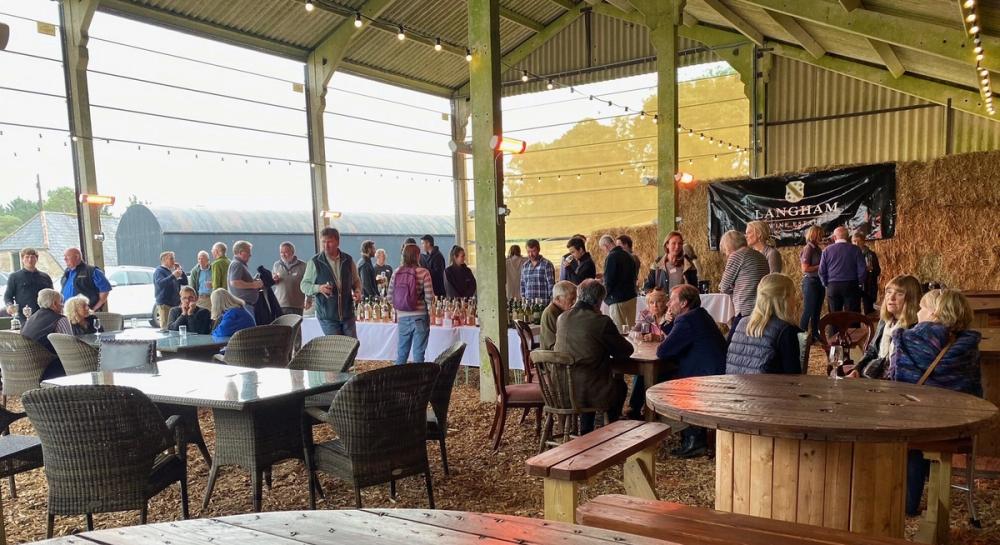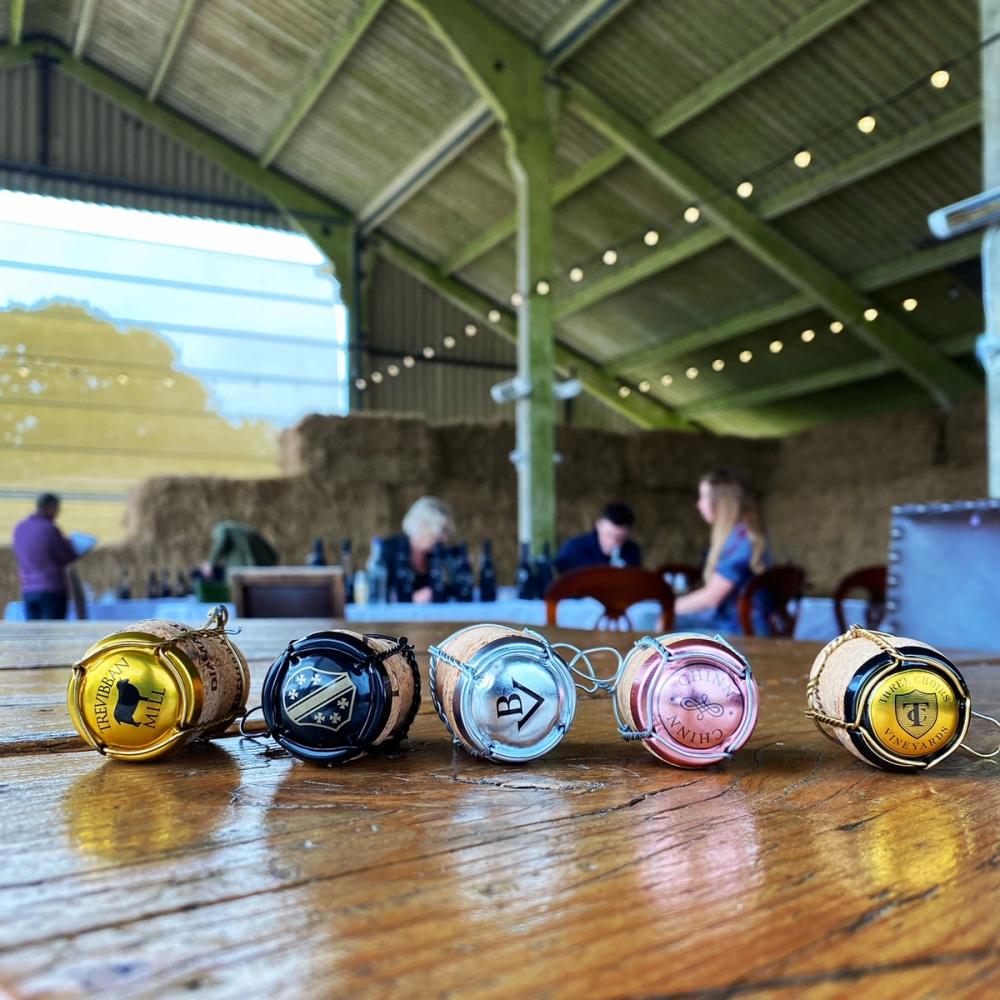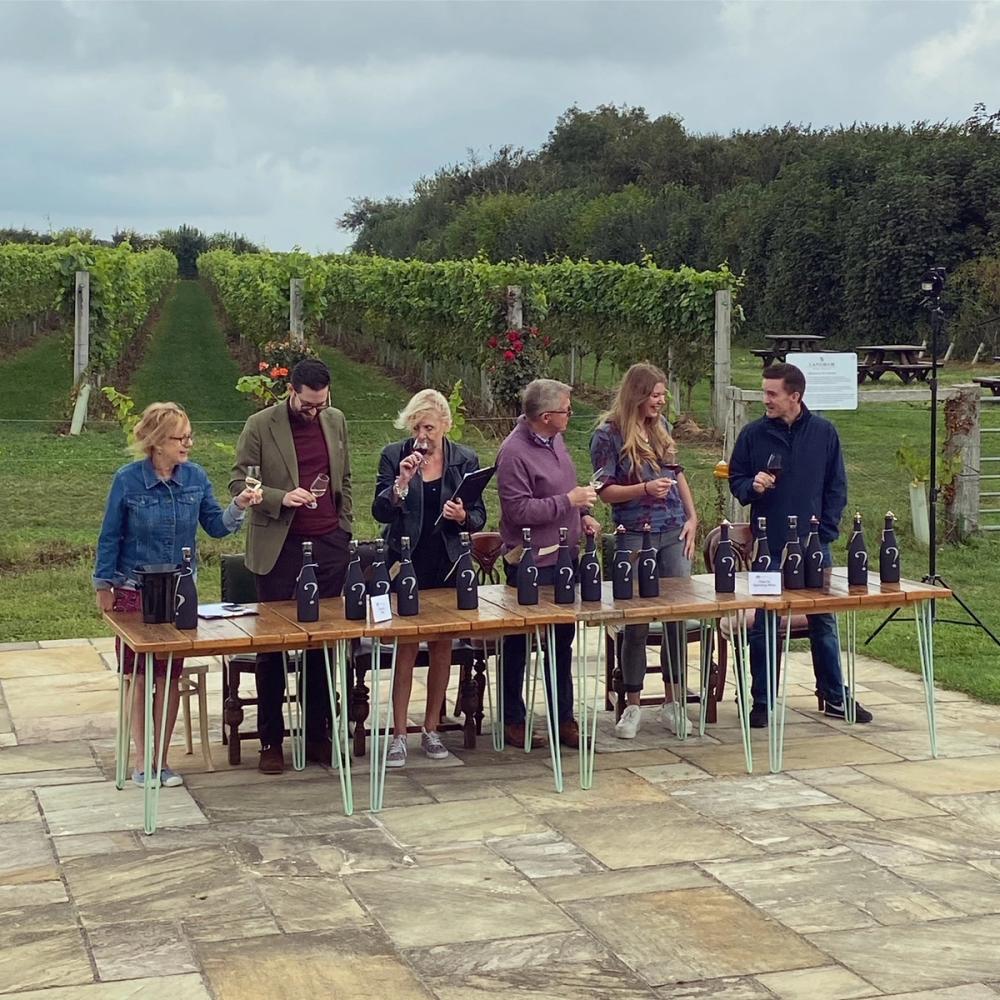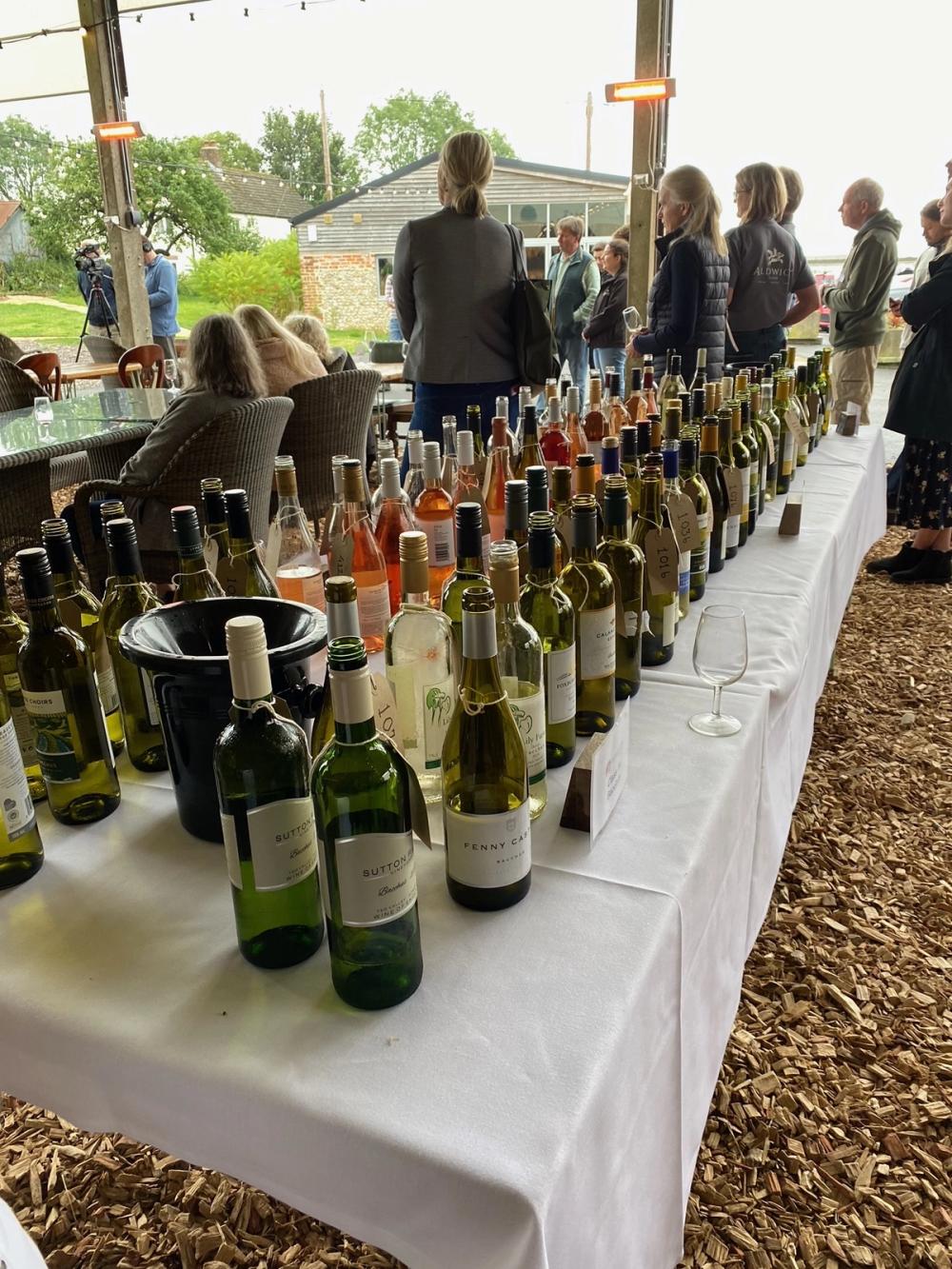For those that live there the west of England is the true heart of the English winemaking scene where growing vines has been part of local communities lives for generations. Guy Smith, chairman of WineGB West, hopes to play his part in spreading the message about just how different and unique this wine producing region is.

Can you tell us about WineGB West as a body and what you do and how that fits into WineGB as a whole?
WineGB West represents growers and producers from Cornwall up to Warwickshire and as far west as Wiltshire. We are one of the regional organisations which makes up part of WineGB.
What are your primary objectives and how do you go about achieving them?
Originally WineGB West was formed as a forum for people to exchange ideas and to get together socially to discuss vineyards and production, however, in recent years WineGB West has become more of a marketing organisation promoting members’ wines and the glories of the West Country.
How many members do you have and is that number growing?
We have 110 members and it is growing each year, most are producers but there are also consultants. Our members range from small vineyards of a hectare, or less, to larger members with a worldwide reputation for producing great wines such as the Langham Wines Estate, Camel Valley and Three Choirs.
What is the criteria for being a member?

WineGB West is an opportunity to bring all the producers and winemakers together in the West Country
Anybody that has a professional interest in growing grapes and making wine in the region can join.
Is there an ambition to give the producers in the region a bigger collective voice and profile around the rest of the country?
We do want to shout about the wines that we make in the region because we feel that we have something different to offer. Most of our producers are family run and relatively small scale compared to the rest of the country. We make a diverse range of wines beyond the usual Champagne grapes used for classic method sparkling, although we do have those too. Many of our producers are second or third generation farmers.
What do you think makes the wines you produce in the west of England so distinctive and worthy of attention?
The sheer diversity of our production is what makes us different as well as the willingness to experiment with things like natural fermentation and unusual grape types. We also feature more still wines than sparkling. One of the issues that we have is being a victim of our own success as most producers are selling out of all their wine every year.
Tell us about the WineGB West Annual Competition?

The WineGB Awards is an opportunity to celebrate the quality of winemaking in the region
The competition is now in its 50th year which speaks for itself. It’s an opportunity for friendly competition amongst producers. A lot of the vineyards in the West are smaller and family-owned unlike some from other more well-known wine regions in the UK, We want to highlight the quality of wine on offer in our region and showcase some of the less conventional styles being made here.
This year, the competition was held at the Langham Wine Estate in Dorset on September 13. An expert panel of six judges was led by chair Angela Mount.
The wines were divided into classes including unoaked, white, Bacchus, rosé, red, sparkling white and sparkling rosé. The winners of each category were then put into the competition to be named the supreme champion for the region.
How many producers did you have entering the awards?
This year we had 101 wines entered into the competition from 28 different wineries.
Who did you have judging the awards?

The judging panel for the WineGB awards included lsommeliers, wine writers and winemakers
- Chair of judges Angela Mount
- Chairman of WineGB Simon Thorpe MW
- Wine writer Susy Atkins
- Winemaker for Black Chalk Zoe Driver
- Tom Lakin head sommelier and wine buyer of Michelin starred Casa Mia restaurants
- Yannick Loue owner of La Vignoble in Plymouth, Bath and Bristol
What were some of the stand out trends you saw in terms of medal winning wines?
It was great to see the wines from the West of Great Britain really coming into their own, stamping their regional identity and championing quality. The standard was impressively high and I know this will only continue to develop over time.
With this region primed for holiday makers and tourism, now is the time to be really proud of where we make wine and to start to shout about it.
What were some of the most notable awards and trophies handed out?

Some of the wines entered into the 2021 awards
- Committee Cup for Best dry white wine: Whitehall Bacchus 2020 (Wiltshire)
- The Association Cup for Best non-dry white wine: Sandridge Barton Bacchus (Devon)
- Sunnybank Trophy for best red wine: Three Choirs Ravens Hill 2018 (Gloucestershire)
- The Ray Palfrey Cup for best sparkling white wine: Langham Culver Classic Cuvee NV (Dorset)
- Chairman’s Cup for best sparkling rosé: Trevibban Mill NV (Cornwall)
- Southwest Wine of the Year: Langham Culver Classic Cuvee NV (Dorset)
- Gillian Pearks Memorial Bowl: Chairman of WineGB West Guy Smith.
After all of the wines were awarded the judging panel awarded Langham’s Culver Classic Cuvée NV as the Best Wine of the West.
Is there a chance for people to taste the winning wines?
All the wineries who entered had the chance to try each other’s wines on the Member’s Day on September 14. The best way for others to find some of the great wines available in the South West is to buy direct from the producer. Because of the limited quantities not much finds its way to all areas of the country.
- You can find out more about WineGB West here.































